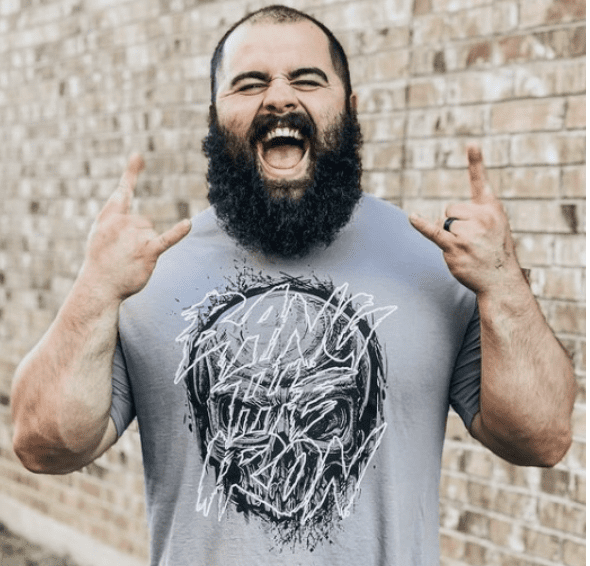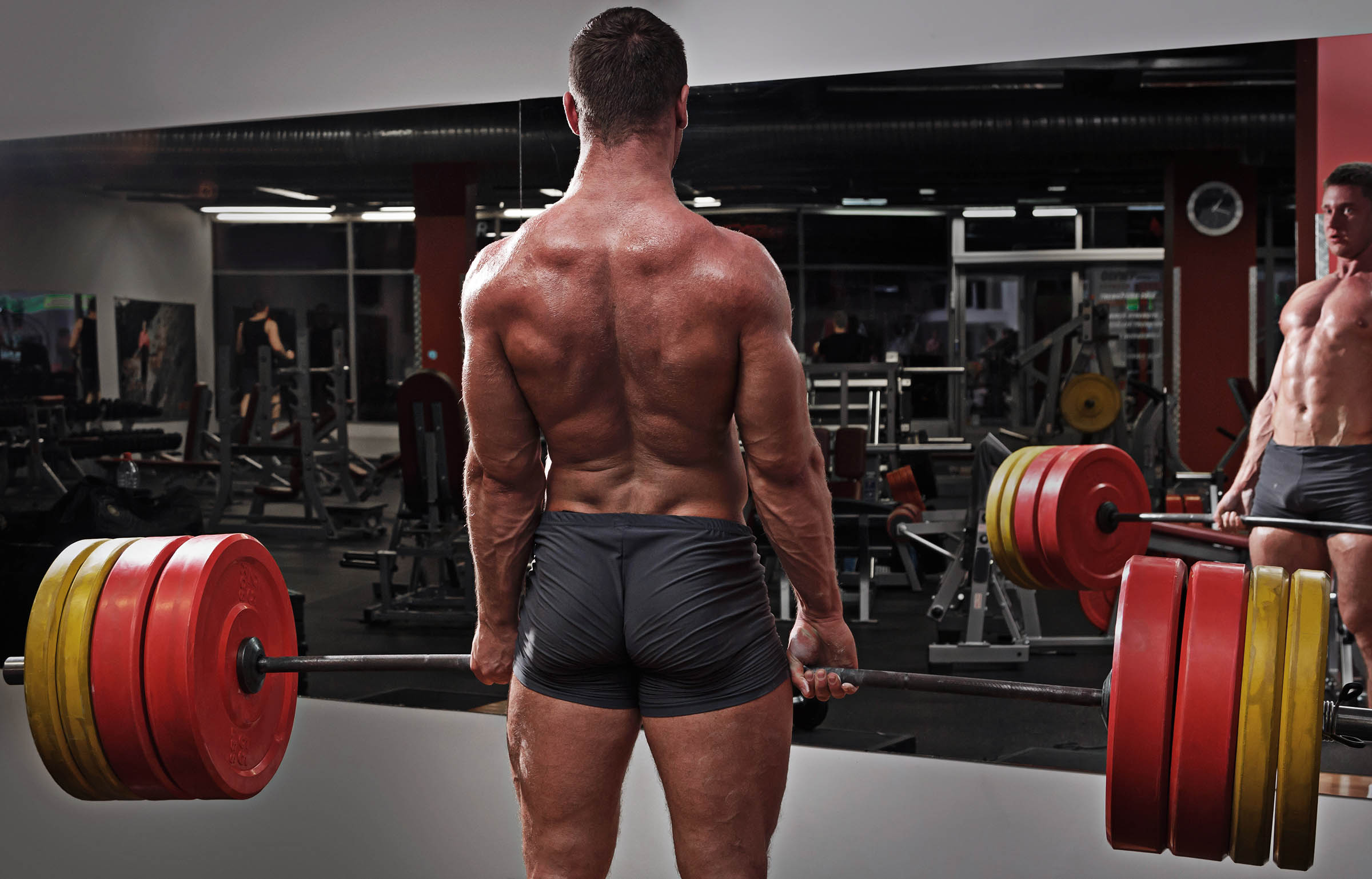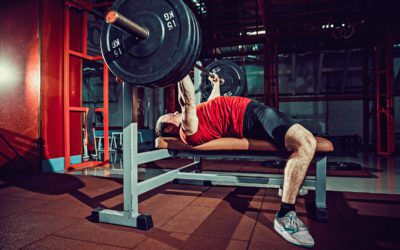Conventional vs. Sumo Deadlift: Which is Right for Me?
TOPIC: Strength & Conditioning
The deadlift is the ultimate test of raw strength in the realm of powerlifting and strength training. It’s a lift that requires no assistance from momentum, elastic energy, or the stretch reflex that aids other compound movements like the squat and bench press. It’s a single-phased movement, where you pick up a loaded barbell from the ground and stand tall, using nothing but sheer force.
In this article, we’ll dive into the world of deadlifting, comparing the two popular variations of this lift: the conventional deadlift and the sumo deadlift. We’ll explore their stance, the muscle groups they recruit, the range of motion involved. Ultimately, we’ll help you decide which one is best suited for your unique physique and goals.

Written By
Joseph Lucero
Joseph Lucero CSCS, owner of Harvesting Strength, is a powerlifter and strongman coach with years of practical S&C experience in high school, collegiate, and professional settings. His athletes have brought home powerlifting medals, strongman championships, and major bragging rights.
Website
Programs
Conventional Stance vs. Sumo Stance
One of the most noticeable differences between the conventional deadlift and the sumo deadlift is the stance adopted by the lifter. In the conventional deadlift, the lifter stands with their feet about hip-width apart, with toes pointing forward or slightly outward. The grip on the barbell is typically outside the knees. With the set up for this lift, the lifter typically recruits more of the lower back and hamstrings (depending on the athlete’s build).
The sumo deadlift involves a much wider stance with the feet placed beyond shoulder width and the toes pointing outward at an angle. The lifter’s grip is inside their knees. This stance places greater emphasis on the hips and quadriceps, allowing for a more upright torso position during the lift. The choice between the two stances largely depends on individual comfort, mobility, and biomechanics.
Muscle Recruitment: Which Muscles Get the Spotlight?
Conventional
The conventional deadlift primarily targets the posterior chain, which includes the lower back, glutes, and hamstrings. These muscles work in unison to extend the hips and straighten the torso while lifting the weight off the ground. Additionally, the erector spinae play a significant role in stabilizing the back during the lift. The conventional deadlift is a go-to choice for those looking to build a powerful lower back and hamstrings. It’s also the go-to for traditional athletes as this stance mimics most sports such as in football, volleyball, basketball, and more.
Sumo
In contrast, the sumo deadlift shifts the focus to the quadriceps and adductors due to the wider stance and more upright torso position. It still engages the lower back and hamstrings but to a lesser degree compared to the conventional deadlift. Sumo deadlifting can be advantageous for individuals with longer legs and those who want to minimize stress on the lower back. It’s also advantageous for athletes with longer arms.
Range of Motion: How Low Should You Go?
Conventional
The range of motion in the conventional deadlift is typically greater compared to the sumo deadlift. Lifters start with the barbell on the floor and must lift it until they are in a fully upright position. This extended range of motion can be challenging but also allows for a more complete engagement of the posterior chain muscles. This lift is also the easier of the two from a technical standpoint.
Sumo
The sumo deadlift, with its wider stance and more upright starting position, reduces the overall range of motion. Lifters don’t need to bend over as far to grab the barbell, which can be advantageous for those with limited mobility in the lower back or hamstrings. However, this reduced range of motion can also mean less work for certain muscle groups. It should also be noted that the sumo deadlift requires more technical precision, as many people can possibly perform “out of position” and suffer off the floor because of it.

Choosing Your Deadlift (The Right Fit for Your Body)
Now that we’ve explored the differences between the conventional and sumo deadlifts, let’s discuss how to choose the one that suits your body type and goals.
Do Conventional Deadlifts
- If you have a strong lower back and hamstrings or want to develop these muscle groups further, the conventional deadlift is an excellent choice.
- Lifters with longer arms may find the conventional deadlift more comfortable, as it requires less bending over to reach the barbell.
- Individuals who participate in traditional sports may also gravitate toward the conventional variation as it physiologically mimics the stimulus of their sport more precisely.
Do Sumo Deadlifts
- If you have strong legs and want to emphasize quadriceps and adductor development, the sumo deadlift is a great option.
- Lifters with longer legs and longer arms could have the right levers to be a great sumo deadlifter.
- Lifters with limited mobility in the lower back or hamstrings may find the sumo stance more accommodating.
Final Thoughts
The choice between the conventional and sumo deadlift ultimately depends on your unique biomechanics, strengths, and training goals. Both variations are incredibly effective at building strength and can be integrated into a well-rounded strength training program. Experiment with both and see which one feels like the best fit for you. Remember that proper form and technique are paramount in either deadlift style to ensure safety and progress in your strength journey.
Find Your Perfect Training Plan
Sometimes all you need to reach your destination on your fitness journey is an expert guide. Look no further, we've got you covered. Browse from thousands of programs for any goal and every type of athlete.
Try any programming subscription FREE for 7 days!
Related Articles
You May Also Like...
The Ultimate Guide to Lunges: Queen of all Glute Exercises
Your glutes are the largest muscle group in your body. They’re responsible for almost everything your legs do—walking, running, jumping, squatting, lunging, and just standing upright. As far as moving through space goes, strong glutes are the bedrock of overall...
A Beginner’s Guide to Steel Mace Training
Think you’ve mastered kettlebells? Meet the steel mace — the brutal, offset weapon that forces your body into three-dimensional stability, grip work, and rotational strength. Ancient tool. Modern performance.Written Byjesse grund Jesse Grund’s passion is simple: coach...
The Best Bench Press Warm Up Strategy
We get it. You’re pressed for time in the gym. But skipping the warm up is the surest way to underperform and risk injury. This 3D approach to your bench press warm up not only allows you to lift more weight, but also ensures the long-term health of your shoulder...
The Ultimate Guide to Lunges: Queen of all Glute Exercises
Your glutes are the largest muscle group in your body. They’re responsible for almost everything your legs do—walking, running, jumping, squatting, lunging, and just standing upright. As far as moving through space goes, strong glutes are the bedrock of overall...
A Beginner’s Guide to Steel Mace Training
Author: Jesse Grund
Mace training will make you a better mover without it’s not confining you to a fixed space or predetermined range of motion. Second, it’s an offset load with 80 to 90 percent of the weight in the head. You’re also constantly having to resist rotation, which creates greater core engagement.

Want more training content?
Subscribe
For Coaches
For Athletes
About
Support
Training Lab
Access the latest articles, reviews, and case studies from the top strength and conditioning minds in the TH Training Lab!
Made with love, sweat, protein isolate and hard work in Denver, CO
© 2024 TrainHeroic, Inc. All rights reserved.





